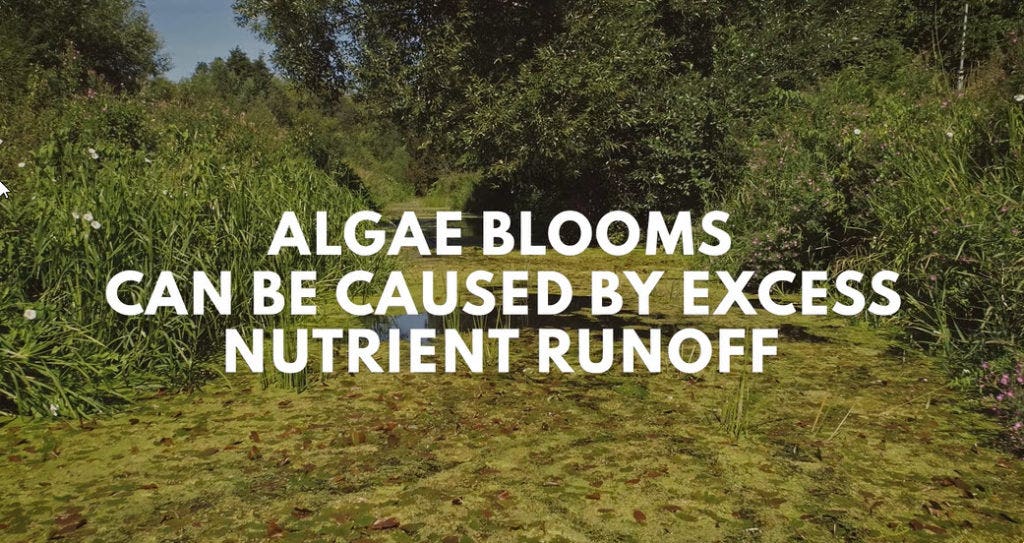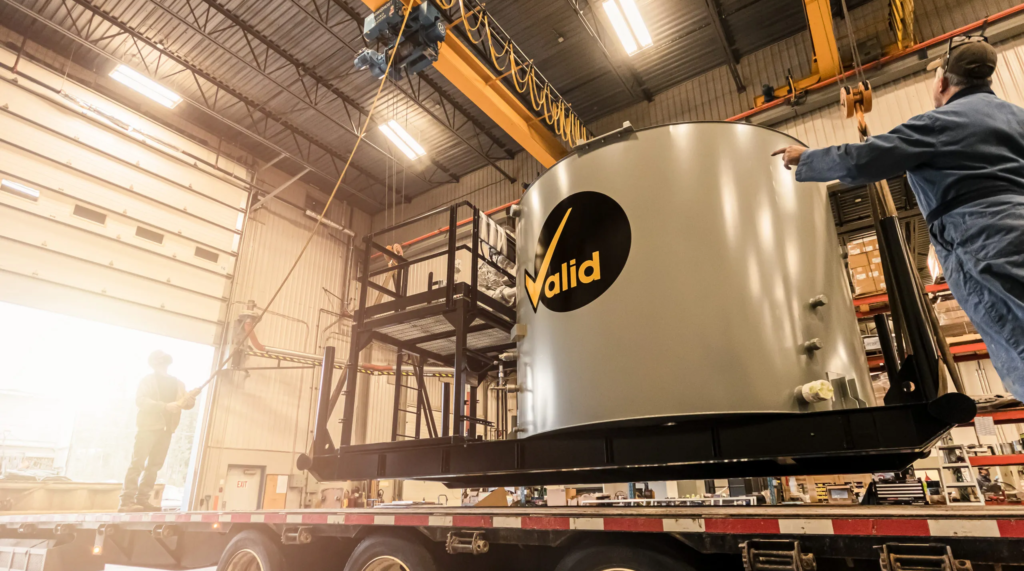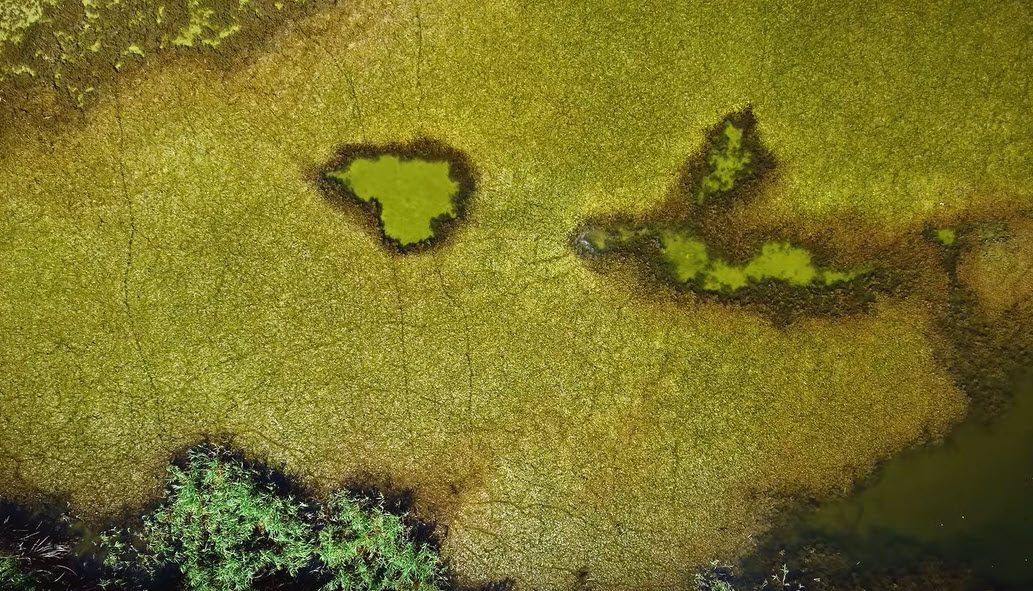Canada’s Water Is at Risk
Human activity has increased the amount of phosphorus and nitrogen running into watersheds, causing algae blooms that are detrimental to the environment. The Environmental Protection Agency (EPA) states that “Too much nitrogen and phosphorus in the water can have diverse and far-reaching impacts on public health, the environment and the economy.” Public awareness is key in the fight to reduce and prevent nutrient pollution.
Communities and individuals need to recognize opportunities where they can reduce the amount of pollutants being added to the local watershed. With the Valid Nutrient Recovery System (NRS), farmers are able to do their part by reducing the amount of nutrients (phosphorus and nitrogen) applied to their land.
Increased levels of phosphorus and nitrogen in the soil can leak into watersheds and cause toxic algae blooms downstream. Phosphorus, in appropriate amounts, is considered beneficial for the aquatic ecosystem. However, ineffective nutrient recovery deposits excessive amounts of phosphorus, which can lead to blue-green algal blooms. The toxic cyanobacteria contained in these blooms poses a serious threat to aquatic life, the environment, and human health. Blue-green algae can cause rashes, gastrointestinal symptoms, or even respiratory irritation. High exposures to toxins have even been known to affect the liver and nervous system.
Lake Winnipeg & Challenges in Nutrient Pollution
In Manitoba, nutrient pollution is an important and challenging water quality issue. Nutrient concentrations in rivers and lakes are increasing, resulting in more frequent and intense algal blooms such as those observed on Lake Winnipeg. Lake Winnipeg is the world’s 10th largest freshwater lake by surface area. Its watershed is the second largest in Canada and touches four provinces and four U.S. states. Approximately 25% of the Manitoba population lives on or around the lake, and they depend on the lake’s health for fishing and tourism. With such a large intake volume, it is a growing concern to find innovative solutions to reduce nutrient pollution going into the ecosystem.
Local organizations are researching the causes of these algal blooms. The Lake Winnipeg Community-Based Monitoring Network conducted a study to identify nutrient hotspots within the Lake Winnipeg watershed. They concluded that to control algae blooms, there must be a focus on the reduction of phosphorus levels. The study also found that heavier seasonal rainfall in recent years has increased flows into the watershed. This trend has led to higher phosphorus levels in the water.

Agriculture Is Making Efforts to Reduce Their Impact
Agriculture is the source of 38% of the nitrogen and 32% of phosphorus that originates within Manitoba and winds up in Lake Winnipeg. Use of heavy fertilizers and inefficient nutrient recovery cause an excess of phosphorus to build up in the soil. These nutrients may ultimately end up leaking into surrounding streams. Farmers are making efforts to reduce the amount of nutrients applied to their lands to help minimize nutrient pollution. Part of this strategy is investing in the right equipment that can remove the optimal amount of phosphorus from raw manure.
Valid’s Nutrient Recover System Provides a Reliable and Efficient Solution
Valid’s Nutrient Recovery System (NRS) uses centrifuge technology and a state-of-the-art control panel to extract the phosphorus and nitrogen from manure. The Valid NRS draws raw manure directly from the barn’s reception pit into the pre-process tank where it is made into a consistent product. The consistency of this material is crucial to separate the phosphorus and nitrogen from the liquid component (tea) and bind it to the dry portion (cake).
The cake, rich with nutrients, can be processed further and easily transported. This end product can be used as fertilizer in areas that require the additional phosphorus or as a fuel source in an industrial application. Using Valid’s NRS, the farm can reduce the solid matter going into the farm’s long-term storage to as low as 3% by volume. Other significant benefits to the farm include reduced costs associated with lagoon maintenance and material transportation.
Every farm can help make a difference when it comes to protecting global water quality. Valid’s NRS has been proven to remove up to 60% of the phosphorus and 1/3 of the nitrogen from raw manure. With reduced phosphorus and nitrogen levels, the tea can be safely used in farm irrigation systems. It is a large challenge to contain nutrient pollution but not an impossible one, even in Lake Winnipeg’s vast watershed. Farmers can turn to innovative technology, like the Valid NRS, to achieve nutrient extraction that can help stop toxic algal blooms. All preventative actions, such as nutrient recovery, play a role in protecting the environment, including our beautiful lakes.


